20 new smart textile materials with the most potential in 2019
Human beings have always been on the road to invention and innovation, and the invention of new materials has greatly affected the future of products and their manufacturing processes. Materials that never dry out, programmable cement, materials that make wrinkles disappear, bionic plastics... Who is the most promising new material in 2019? Xiaobian takes you a trip!
1·Materials that never dry out NEVERDRY
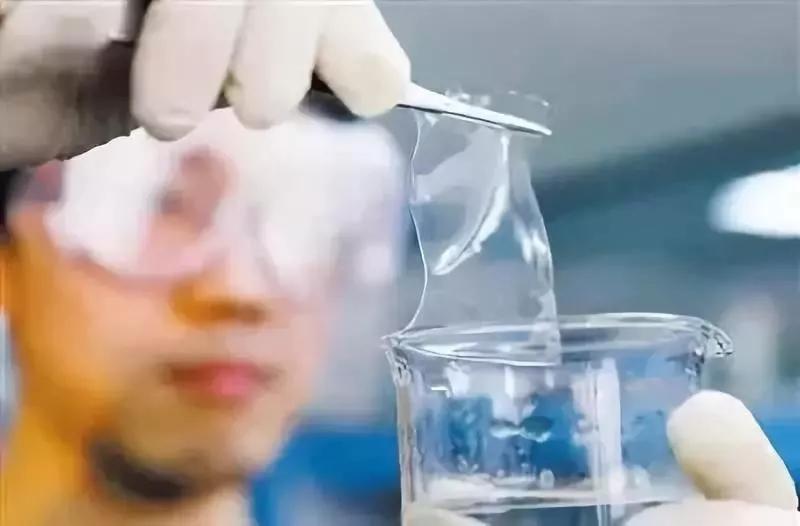
Image source: Spain "Abbeise"
Breakthrough: A material made of polymer and water that is electrically conductive and does not dry out.
Application area: It can be used to make artificial skin and flexible robot with biomimetic function.
Main research institution (company): Massachusetts Institute of Technology
2. Programmable cement

Image source: Rice University
Breakthrough: “Programming†cement particles (a component of concrete) into a more robust shape. This also produces concrete particles that are less porous and more resistant to water and chemicals, which not only prevent damage from chemical and water absorption, but also have less environmental hazards.
Application areas: construction, industry.
Main research institution (company): Rice University
3. Materials that make wrinkles disappear
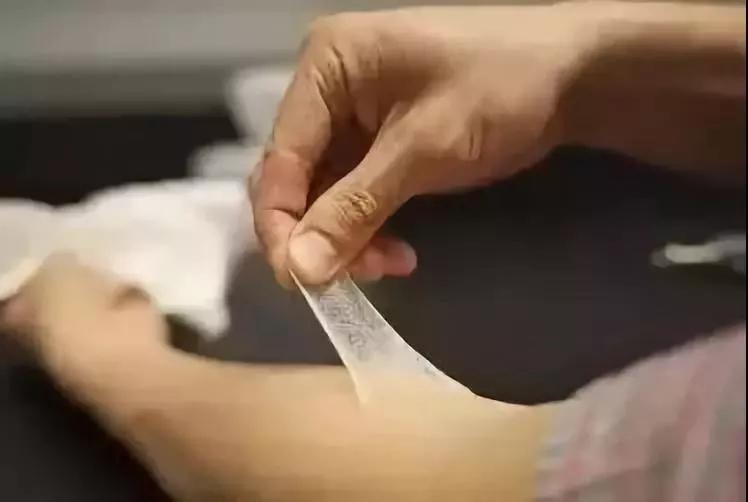
Image source: Spain "Abbeise"
Breakthrough: Apply this delicate and smooth polymer to the skin, instantly tighten the skin, eliminate sagging, and let the wrinkles disappear without knowing it.
Application areas: Good application prospects in skin care development and dermatological treatment.
Main research institution (company): Massachusetts Institute of Technology
4. Unlimited recyclable plastic
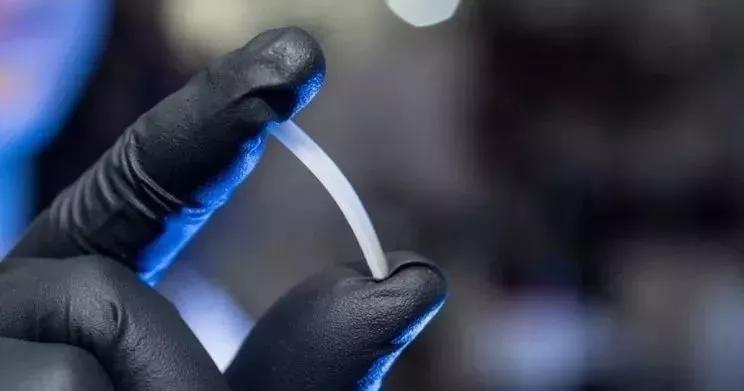
Image credit: Bill Cotton / Colorado State University
Breakthrough: It can be recycled indefinitely while maintaining the performance of the plastic.
Application area: an alternative to existing plastics.
Main research institution (company): Colorado State University
5·Artificial spider silk
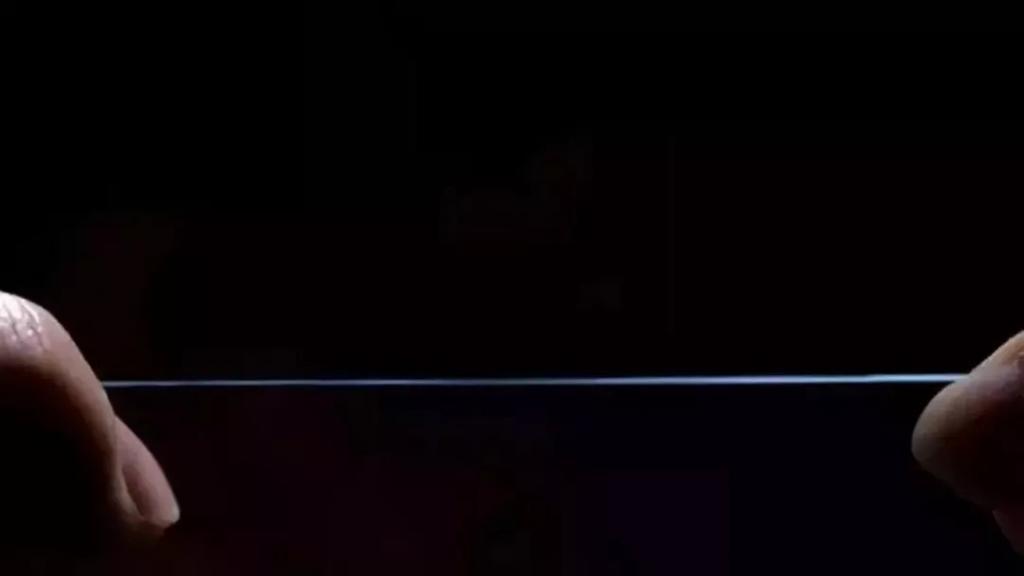
Image source: Cambridge University Research Institute, UK
Breakthrough: Bacteria were fed sugar, salts and other micronutrients to produce silk protein, then the protein into fine powder, made of fiber composite materials.
Application areas: textile materials, medical and aircraft and shipbuilding.
Main research institutes (company): Japan Spiber, Brazil Institute of Genetic Resources and Biotechnology, Bolt Threads, USA, Cambridge University Research Institute, Swedish Agricultural University
6. Bionic plastic
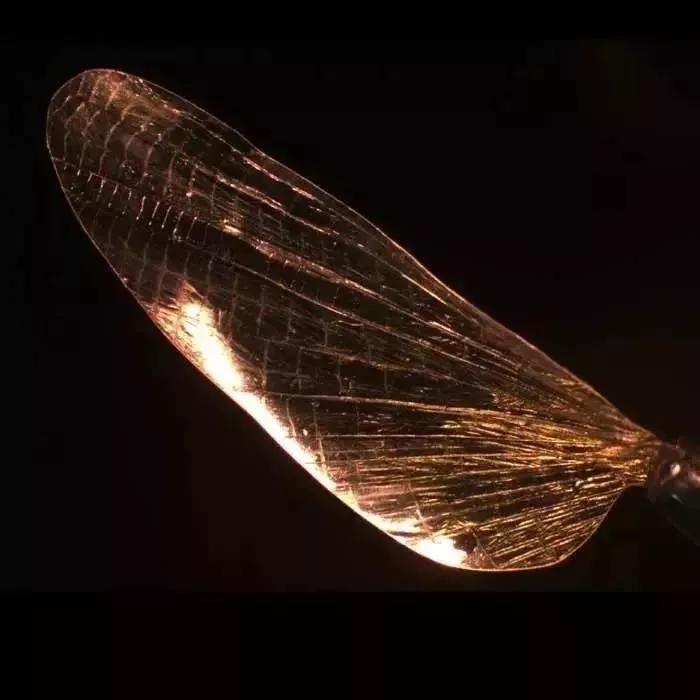
Image source: Harvard University Wyss Institute
Breakthrough: The material consists of shells extracted from discarded shrimp shells and silk fibroin derived from silk, replicating the strength, durability and versatility of insect skins.
Application: Can be used to make rapidly degraded garbage bags, packaging materials and diapers. As a particularly robust biocompatible material, it can also be used to suture wounds that are subjected to high loads, such as tendon repair or as a scaffold for tissue regeneration.
Main research institute (company): Harvard University Bionics Engineering Wyss Institute
7. Wood sponge
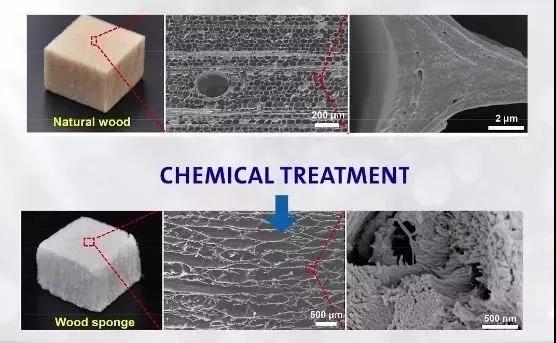
Image source: ACS Nano
Breakthrough: Wood sponge made from chemically treated, stripped hemicellulose and lignin, can absorb oil from water, can absorb 16-46 times its own weight, and can be reused up to 10 times. This new type of sponge surpasses all other existing sponges or sorbents in terms of capacity, quality and reusability.
Areas of application: Oil and chemical spills have caused unprecedented damage to water bodies around the world, and wood sponges as green materials can effectively solve this problem.
Main research institution (company): Chinese Academy of Forestry
8. High-strength biological materials
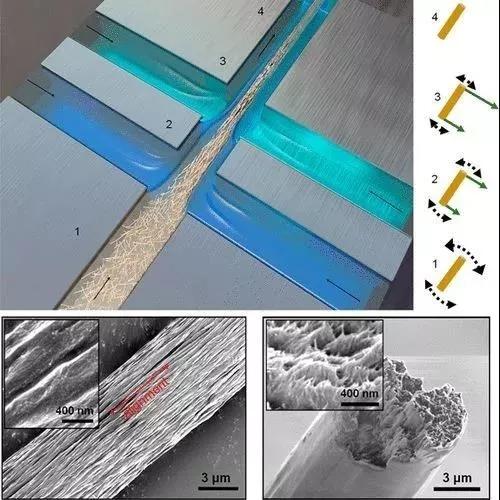
Image source: ACS Nano
Breakthrough: The material is made from cellulose nanofibers derived from wood and plant. The final structure has a tensile modulus of 86 GPa, a tensile strength of 1.57 GPa, a strength eight times higher than that of spider silk, and is biodegradable.
Application: As an excellent alternative to plastics and other non-degradable objects.
Main research institute (company): KTH Royal Institute of Technology, Stockholm
9. Self-healing (healing) materials
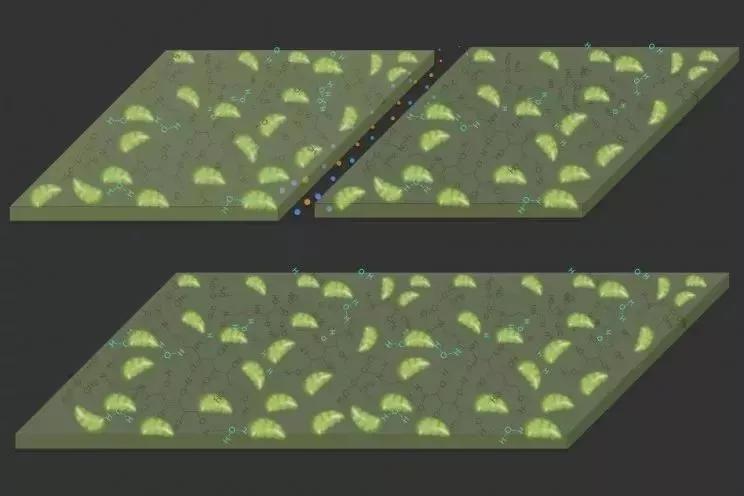
Image source: Massachusetts Institute of Technology
Breakthrough: Self-healing material is a kind of smart material that can sense the changes of the external environment, integrates sensing, driving and information processing. It can self-repair when the material is damaged by simulating the mechanism of self-repair of biological damage.
Application areas: military equipment, electronic products, automobiles, aircraft, building materials and other fields.
Major research institutes (company): Massachusetts Institute of Technology, University of Illinois, Michelin, National Institute of Materials Science (NIMS), Yokohama National University, University of Tokyo
10·Platinum alloy

Image source: Randy Montoya
Breakthrough: The alloy is made of 10% gold and 90% platinum. The resulting material is 100 times more wear resistant than high strength steel. At the same level as materials such as diamonds and sapphires in nature, it is by far the strongest alloy.
Application areas: Can be used to manufacture new power generation systems, engines and other equipment.
Main research institute (company): Sandia National Laboratory
11·Microlattice
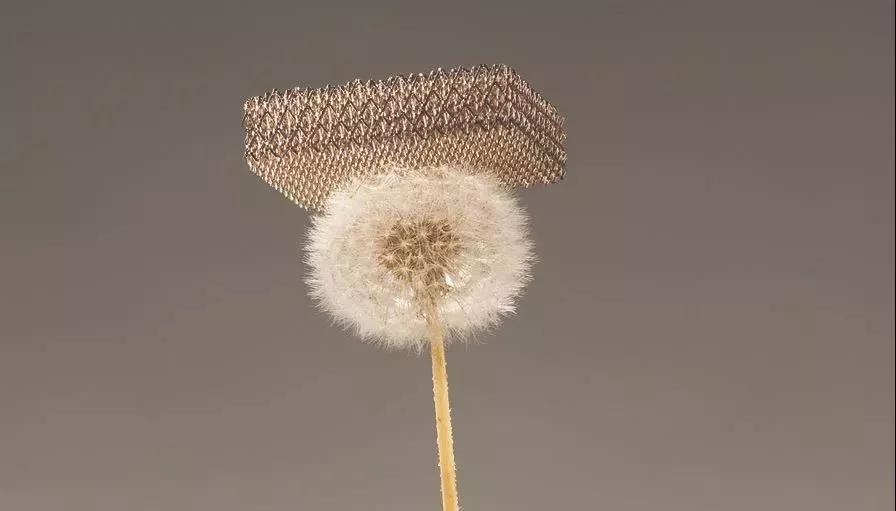
Image source: Nickel and phosphorus microlattices from HRL lab
Breakthrough: Microlattice is the world's lightest metal structure combination, and it is a three-dimensional open honeycomb polymer structure in shape. This material has a density of 0.9 mg/cm3, which is 100 times lighter than the foam.
Application area: New aviation materials, Boeing plans to use this result to make lighter, more fuel-efficient aircraft.
Main research institution (company): HRL Lab
12·Molecular super glue
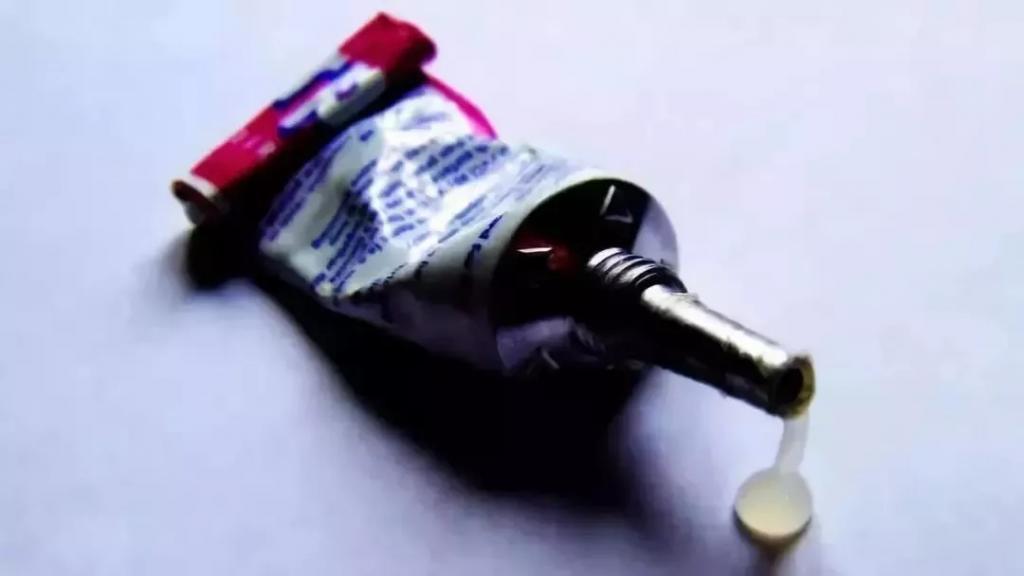
Image source: GIZMODO
Breakthrough: Inspired by the protein released by S. sphaericus invading cells, this protein is divided into two parts, but when they meet again, they will bind together like glue; the glue consisting of these two parts is called It is a molecular superglue. This adhesive has high bond strength; it is resistant to high and low temperatures, and can withstand acid and other harsh environments and can be sealed quickly.
Application: It can be used as a diagnostic tool for cancer. Molecular superglue can bond metals, plastics and other substances, and solves the problem that existing coatings are not strongly adhered to metals.
Main research institution (company): Oxford University
13·Ultra-thin platinum
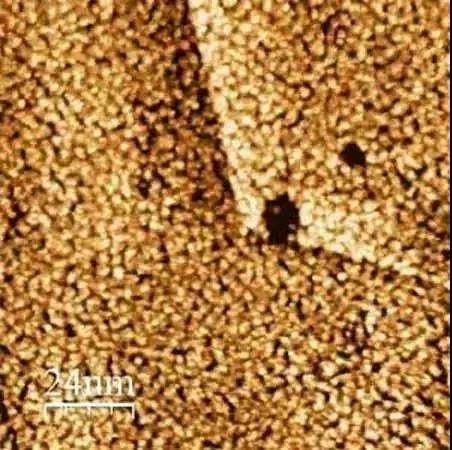
Image source: GOKCEN/National Institute of Standards and Technology
Breakthrough: A new method for depositing ultra-thin platinum layers quickly and inexpensively, which reduces the amount of precious metals used in fuel cell catalysts, thereby greatly reducing their cost.
Application area: hydrogen fuel cell.
Main research institute (company): National Institute of Standards and Technology
14·Karta-Pack (cotton fiber)
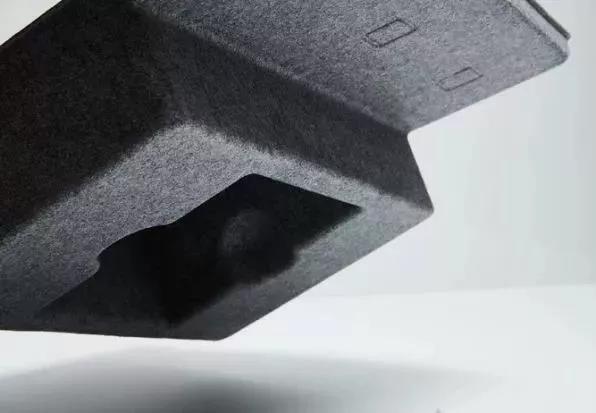
Breakthrough: 100% recycled materials, from discarded jeans and T-shirts, with both cotton texture and plastic rigidity.
Application areas: high-end packaging, furniture design, etc.
Main research institute (company): PulpWorks
15·graphene aerogel
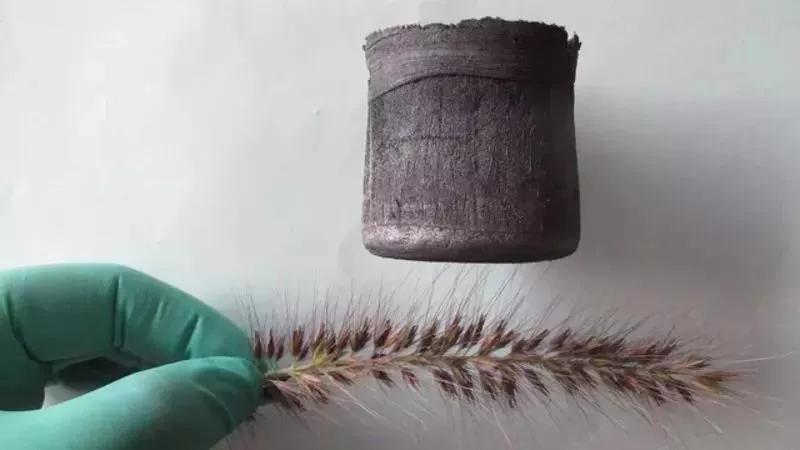
Image source: Advanced Materials
Breakthrough: Sturdy, flexible and lightweight, it can absorb up to 900 times its own weight of grease. The graphene aerogel has a density of 0.16 mg/cm3, which is lighter than helium and is only twice the density of hydrogen.
Application areas: clean up marine oil spills or as a very effective insulation material.
Main research institutions (companies): Zhejiang University, Harbin Institute of Technology, Chinese Academy of Sciences, etc.
16·Glass coating that can block sunlight, please enter the title

Image source: RMIT University
Breakthrough: The coating can adjust the transparency of the glass. When the ambient temperature is above 67oC, the transparent coating will become a reflective layer with metallic luster.
Application areas: construction, transportation, etc.
Main research institution (company): Royal Melbourne Institute of Technology
17·Flexible battery
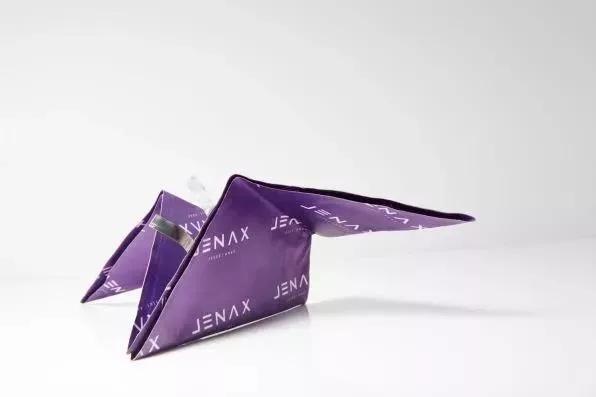
Image source: Fast Company
Breakthrough: The flexible battery is made of fiber and has good bending properties and can be bent thousands of times without affecting its performance.
Application: It is the perfect choice for smart clothing, electronic textiles, wearables and transformable mobile devices in the future.
Major research institutions (companies): Jenax Inc, Apple, Panasonic, University of California, San Diego, Columbia University, etc.
18. Biodegradable textiles of biomass origin

Image source: Laura Luchtman and Ilfa Siebenhaar
Breakthrough: The use of living organisms such as algae, bacteria, fungi, yeast to make biodegradable textiles, create environmentally friendly materials, and free the garment industry from waste and pollution.
Application areas: clothing, textiles.
Main research institute (company): New York City College of Fashion Technology, iknit
19. Rocky coating
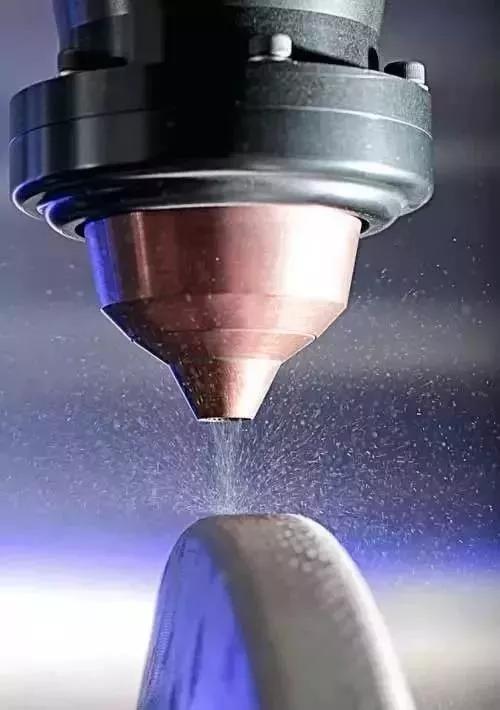
Image source: Provided by Oak Ridge National Laboratory
Breakthrough: An iron-based amorphous alloy coating specially designed for industrial drill bits and tools. The coating cost is much lower than conventional materials such as tungsten carbide and cobalt carbide, and its long service life improves the efficiency of the tool.
Application areas: industry, manufacturing, construction, etc.
Major research institutions (companies): Oak Ridge National Laboratory, Lawrence Livermore National Laboratory, Colorado University of Mining, etc.
20·Fungal foam

Image source: Provided by MYCOBOND of VIA FLICKR
Breakthrough: Mycelium made from plant waste, such as plant straw, rice and wheat hulls, and the roots of mushrooms.
Areas of application: petroleum-based plastic foam replacements for car bumpers, doors, roofs, engine compartments, car trunk liners, instrument panels and seats. Other potential uses include desktops, surfboards, and apparel.
Main research institution (company): Ecovative design company
Men Cotton Yard Polo Shirt,Men Cotton Short,Causal Print Shirt,Digital Print Short
Shaoxing Funshion Textile Co.,Ltd , https://www.nbcasualshirts.com
